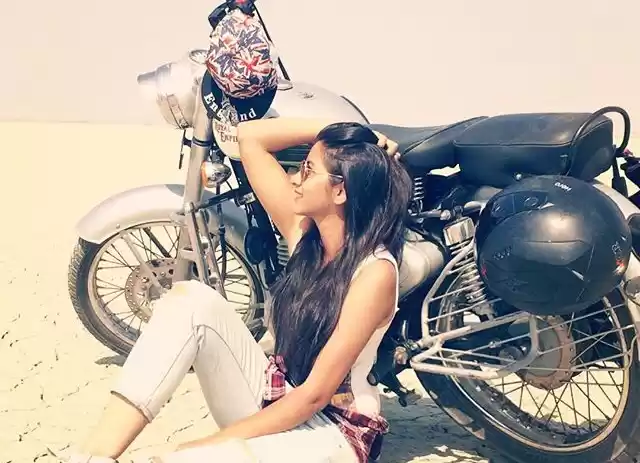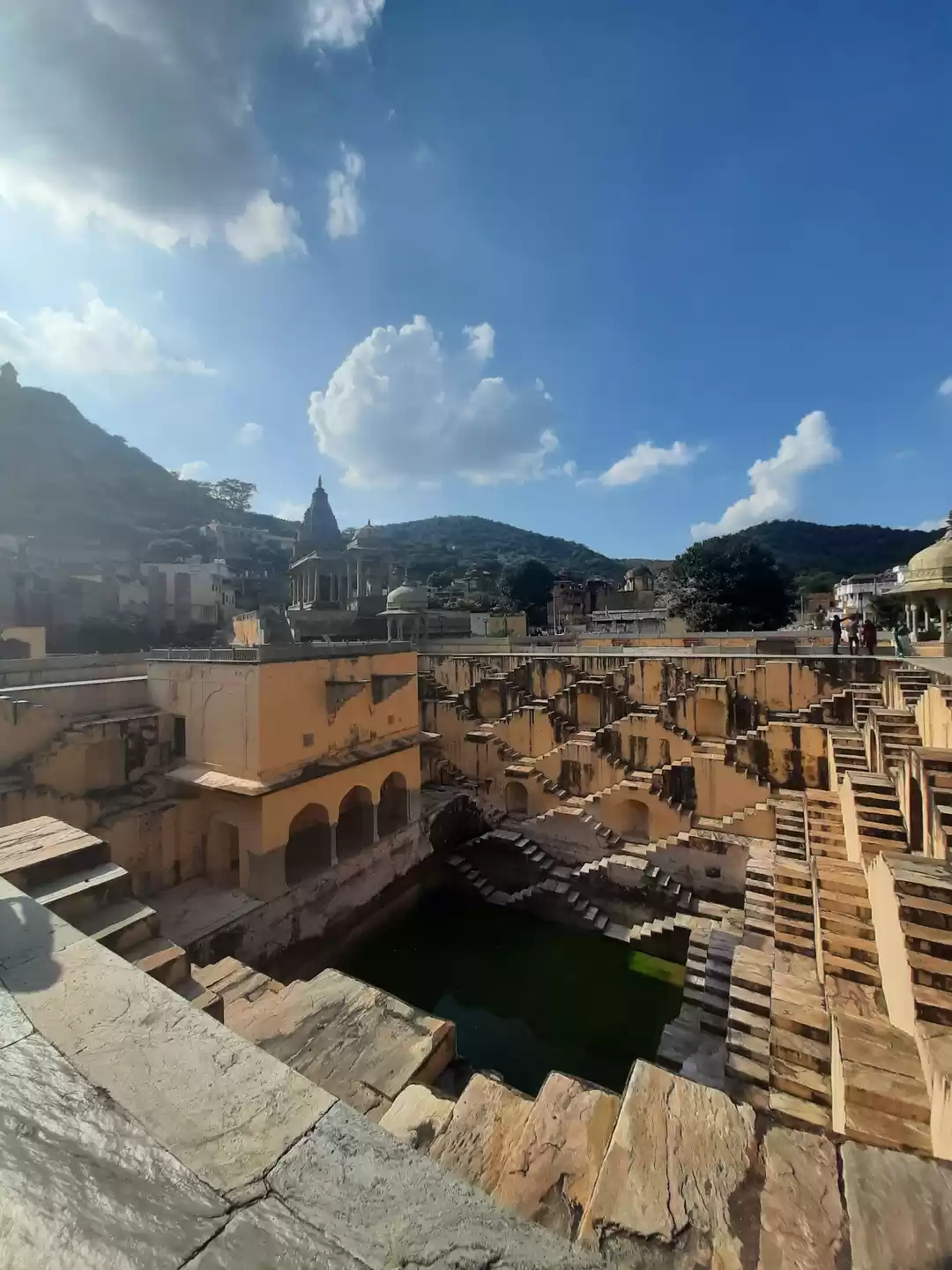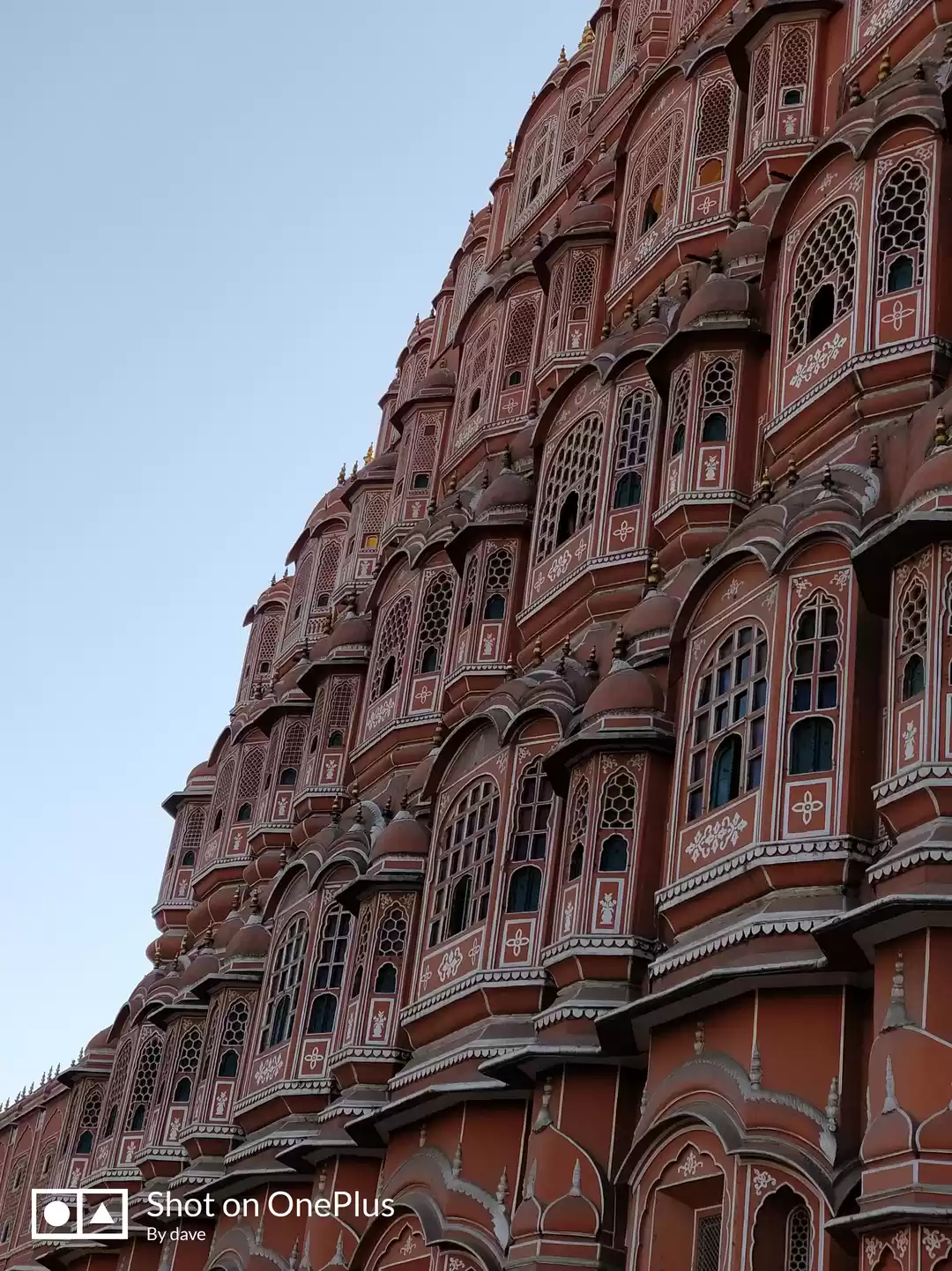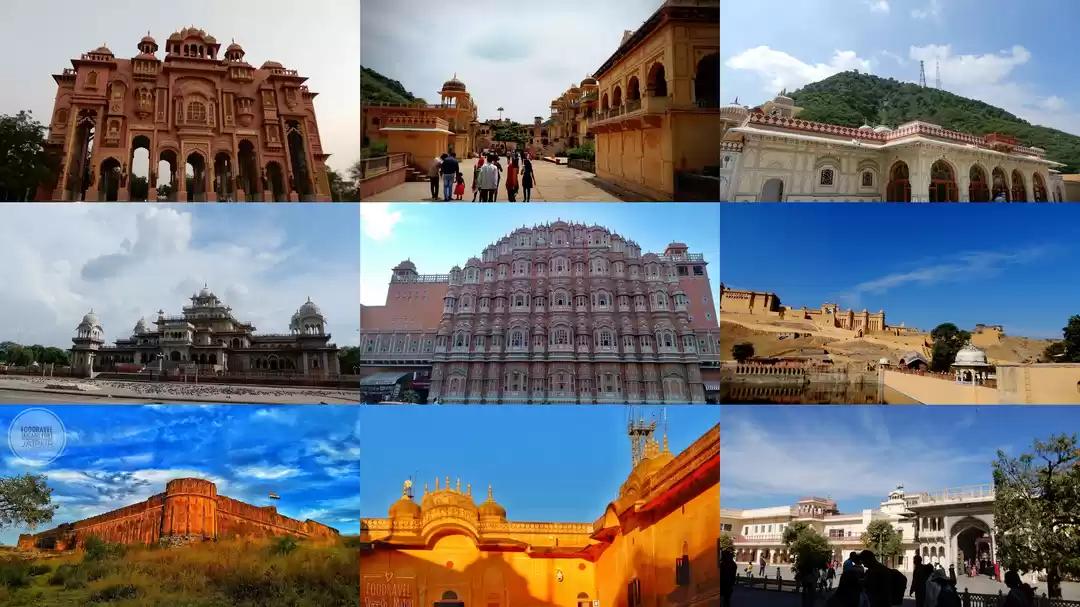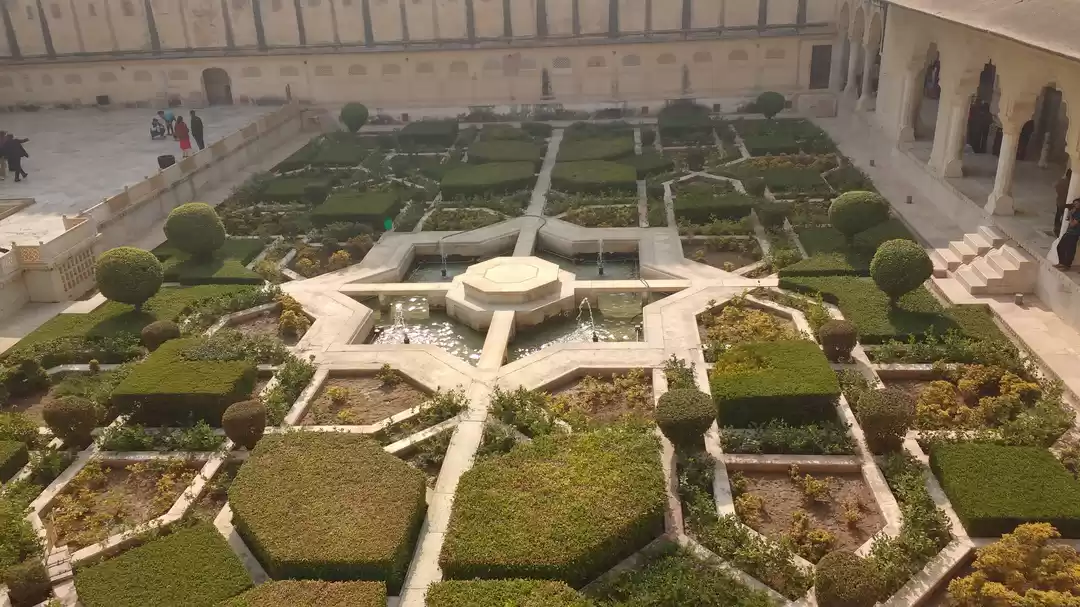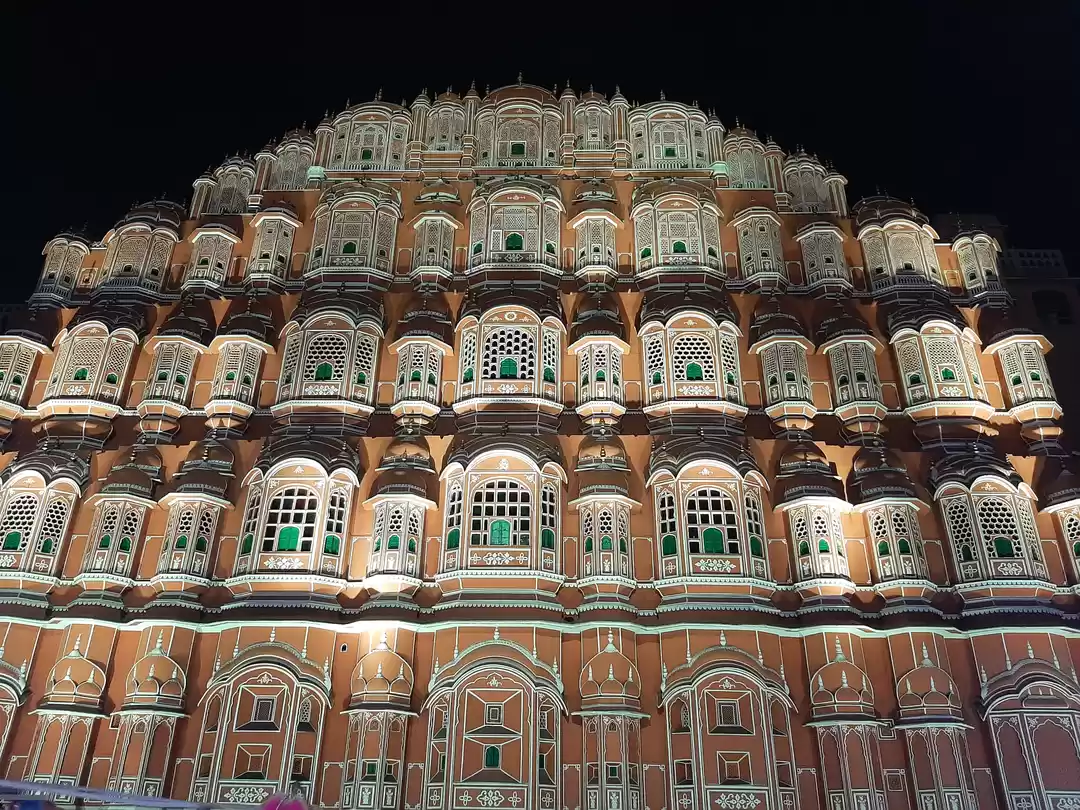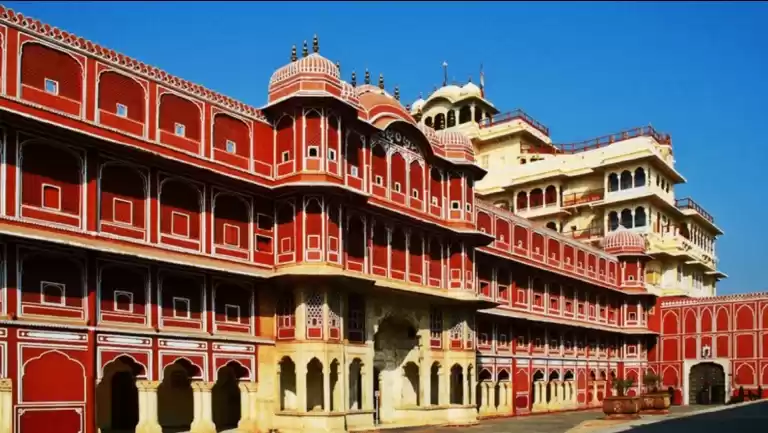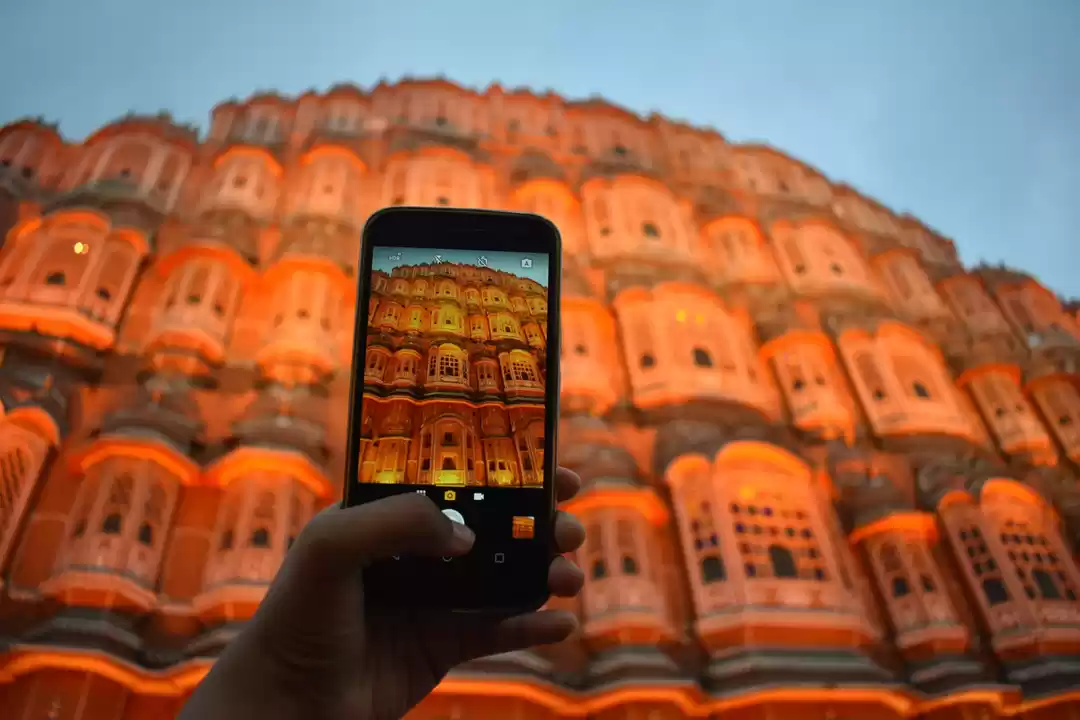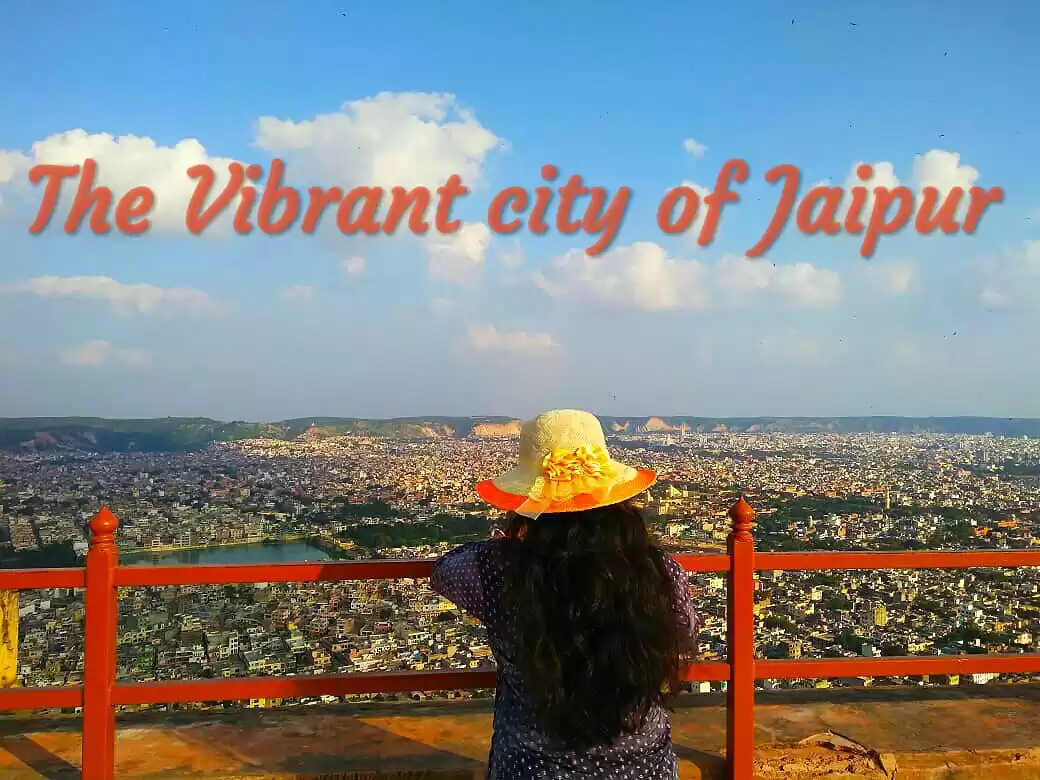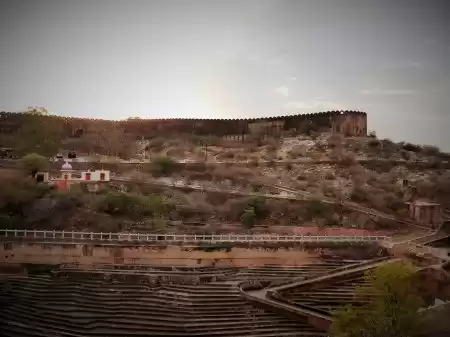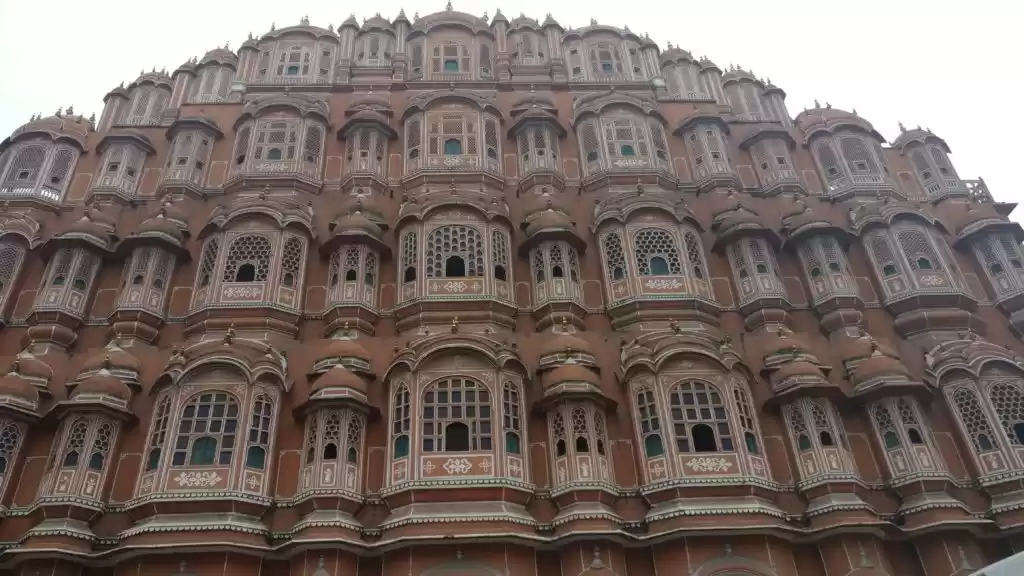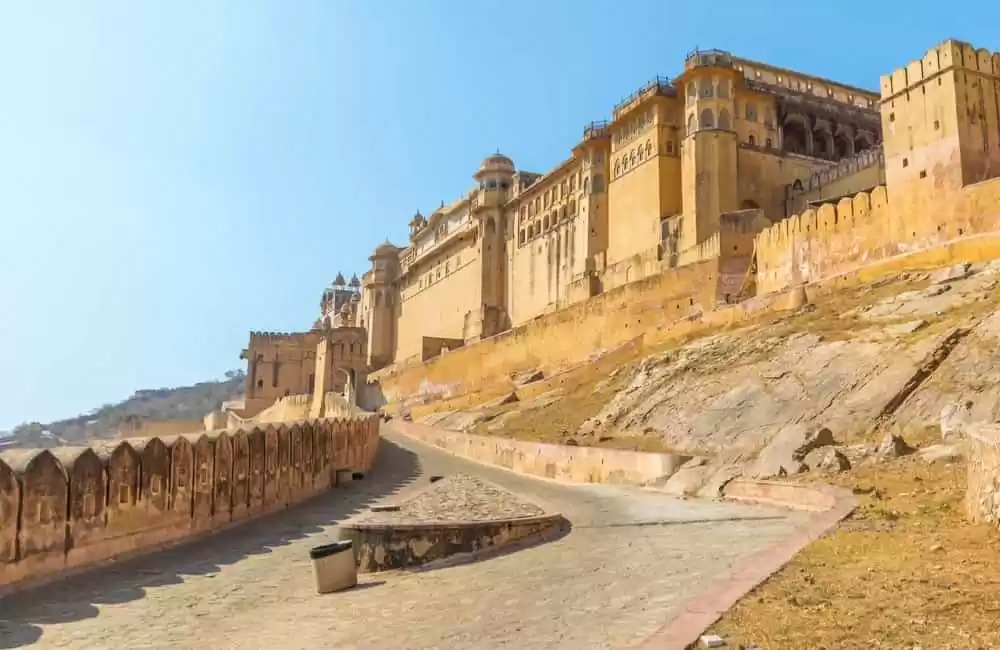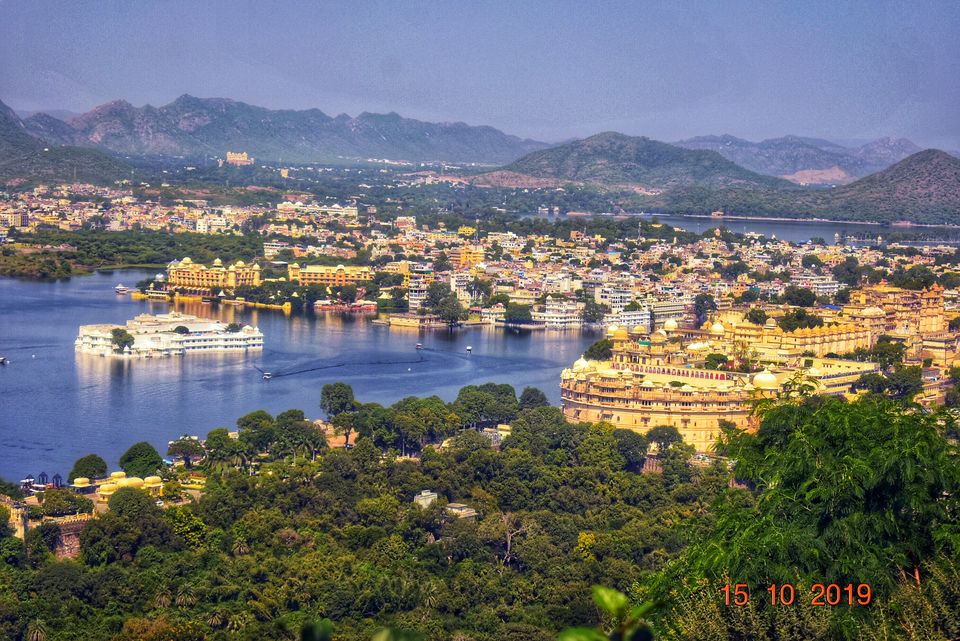
“Where do you want to go?”
“Rajasthan”
“No. It can wait.”
And so it did. For almost a decade, making only special appearances in our annual “vacation” conversations – vehemently suggested by me but rejected by my parents – until October 2019, when I finally got to visit some of its places which had been on my wish-list for long, especially after reading Maharani Gayatri Devi’s autobiography.
Steeped in history, fascinating tales of resilience and opulence abound this part of the country. Dotted with magnificent hills, golden sand dunes, latticed havelis, and intricately carved temples dating back to many centuries, Rajasthan is like a richly woven tapestry of romance, hatred, conspiracy and traditions, all of it veiled in a tantalising enigma. Previously known as Rajputana, it has, over the years, evolved into a traveller’s paradise, attracting a plethora of people from all over the world, with its fairs and festivities, adventurous gateways, epicurean delights and cultural legacy.

The Mewar Circuit
Our first destination was Udaipur, the historic capital of the kingdom of Mewar after Nagda and Chittor. Founded by its namesake Udai Singh II (Maharana Pratap’s father), the city of lakes with its lavish palaces, supreme artwork and alluring markets, looked peaceful and well-maintained to us; surrounded by the Aravalli range, it is an hour’s drive from the airport, and serves as the starting point for several important tourist spots like Kumbhalgarh, Abu, Chittor, Haldighati and Nathdwara.
The city tour of Udaipur began with the quick and affordable cable car ride along the Mansapurna Karni Mata Ropeway near Doodh Talai lake. It being my first experience, I was very excited. At the end of the ride, a short hike took us to an old temple, but the real attraction was the breathtaking view of the mountains and the entire city with its splendid architecture.
Our next stop was the famous City Palace – an architectural grandeur built atop a ridge, overlooking Lake Pichola. Can you believe that it was built for over four centuries by various generations of the Sisodia dynasty but is still distinctly homogeneous?!
A fusion of the Rajasthani and Mughal styles like many other places of the state, it actually consisted of several mahals (palaces) constructed behind an imposing façade, having sprawling courtyards (chowk), pols (gates), cupolas, European styled eateries and raised gardens, coupled with exquisite mirror-work, marble-work, stained glass, inlay-work and murals. Navigating through the labyrinth of courtyards and zigzagging corridors, we covered the interlinked museum, galleries, and royal quarters, and witnessed a multitude of personal items, antique furniture, and rare collections of vintage cars and palanquins.
As if these were not enough to leave us awestruck, there was the jaw-dropping Fateh Prakash Palace hotel – awaiting us at the northern end of the complex, whose Durbar Hall and Crystal Museum are open to the public and charge separately. I only wish we could have dined on their famed Sunset Terrace!
On the same day, we visited a beautiful garden called Saheliyon Ki Bari (Garden of the Maidens). Amidst a lotus pool, a small museum displaying artworks, fuchsia Bougainville clusters and fountains that fall and rise if you clap in a certain manner, we spent some lovely time walking and enjoying the greenery. We ended our day with a trip to the Fateh Sagar Lake, which was a short ride from the garden. As the sun dipped beyond the mountains and our cheerful Rajput driver chattered away, the sky and the waters were tinted golden, and the city lights gradually showed up in the distance.
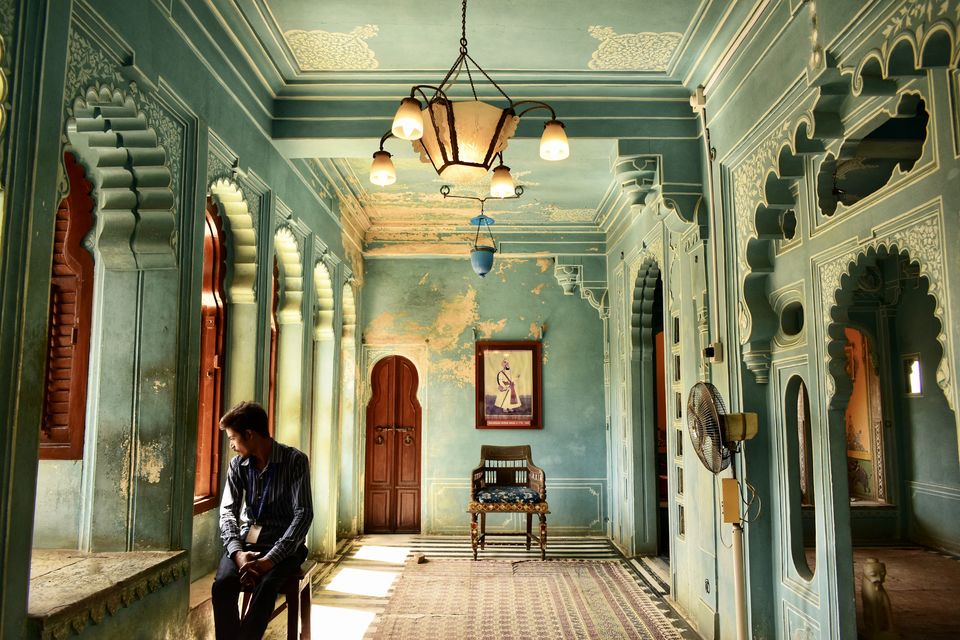
Folklores and A Fort Town
One of the largest and oldest surviving forts in India, and the birthplace of many legends, Chittor fort at Chittorgarh is a UNESCO World Heritage Site and a must visit for everyone. Having heard many enthralling stories since childhood, this part of the trip is particularly close to my heart.
It took us 2.5 hours to reach Chittor from Udaipur. The place, which according to some legends, was founded by Chitrangada Maurya, stretched endlessly on all sides; it had been ransacked thrice by Muslim rulers before being finally abandoned in favour of Udaipur.
As our guide recounted the tales of Panna Dai and Saka (fight to death by men) and Jauhar, and showed us around the majestic ruins, the commemorative towers (said to offer panoramic views of Chittor but were very dark with steep, narrow stairs), the temple of Krishna devotee Meera Bai, and the palace of the fabled queen Padmini, history seemed to come alive. The canopied balconies, astonishing Jain temples, Jal Mahal of Queen Padmini (the forerunner of all other lake palaces), and the vastness of the palace complex made me want to travel to the bygone era and witness Chittor in all its grandeur.
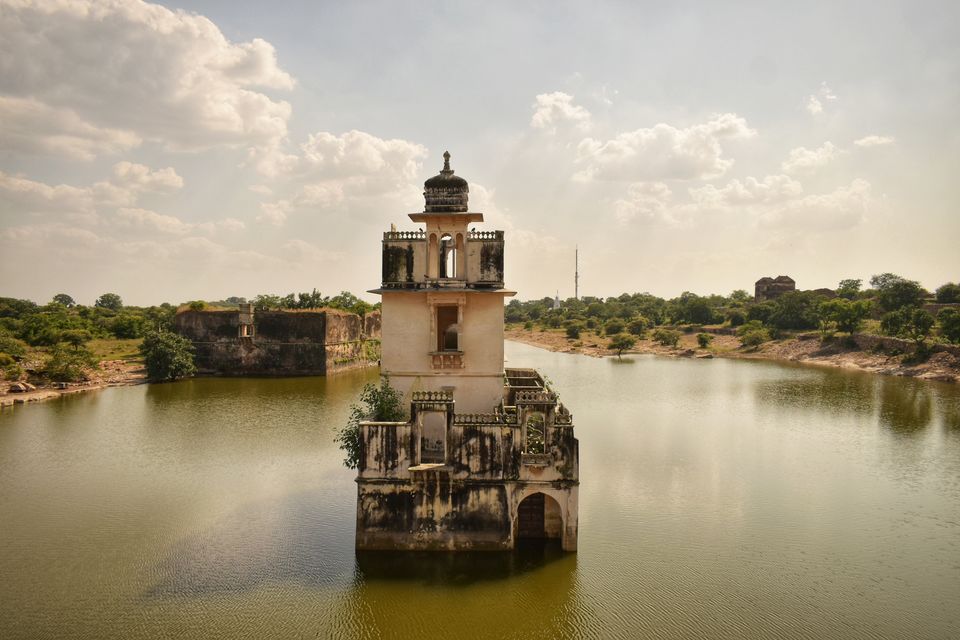
The Solitary Hill Station
Putting down the beauty of Dilwara temples in words is not humanly possible. To think that they were constructed at a time when technology wasn’t so advanced always renders me speechless. A very scenic journey with lush green hills on both sides of the road, it took 3 hours to reach the temples situated near Abu, Rajasthan’s only hill station. Older and more famous than its neighbour – the Ranakpur Jain Temples – Dilwara comprised five temples carved entirely out of marble and dedicated to different Jain Tirthankaras. Every nook and corner of this extraordinary place, with its immaculate carvings of human beings, mythological figures, and flora and fauna, is exemplary of human craftsmanship at its best.
On our return journey, we visited the beautiful Nakki Lake. Surrounded by hills, it is a famous sunset point and hosts boating activities. There were numerous textile and jewellery shops in the vicinity and we bought few things from some of them.
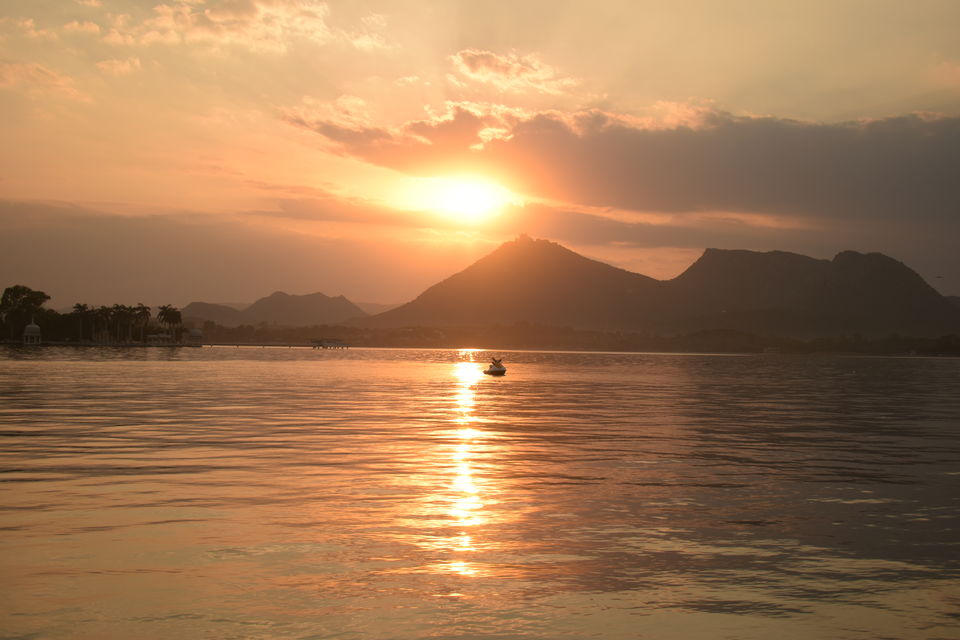
The Royal Capital
Popularly known by its epithet The Pink City, Jaipur is a treasure trove for dilettantes and art lovers, and has umpteen number of places and activities (I could write a novella on this place, seriously!). Located in the Dhundhar region, founded by the multifaceted Sawai Jai Singh II, and designed and planned by Bengali architect Vidyadhar Bhattacharya (understandably, my heart swelled with pride at this piece of information), it became Rajasthan’s capital post the 1947 merger.
Jaipur was bigger and more chaotic than Udaipur, with little traffic rule. Crossing the roads there was a task in itself and on one occasion, we actually had to board an auto to reach our hotel which was just opposite to where we were standing!
Our tour of the state capital began with a visit to the inimitable residence of the erstwhile Kachwahas – the Mughal allies turned anglophile royals. The City Palace, a short ride from our RTDC Hotel Teej, is located in the heart of the city, surrounded by numerous shops, and houses the Sawai Man Singh II Museum. Full access to the exotic Chandra Mahal costs INR 3000 per person; you can also treat yourself to a carriage ride for INR 1000.
Known for its excellence, the palace features the Govindji temple, the clock tower, the gilded Sabha Niwas (I could just stare at the chandeliers for hours!) and Sarvato Bhadra (built on the lines of Mughal hall of audience), the Pritam Niwas Chowk with its four gates (Peacock, Lotus, Leheriya, Rose), and the world’s largest silver vessels. Personally, I liked the Jaipur palace museum more than Udaipur’s courtesy the massive and stunning collection of paintings, textiles, handicrafts, carpets, photographs, and weaponry complete with small anecdotes. One can also buy certain things like Maharani sarees (inspired by the Queen’s wardrobe but honestly I had expected something fancier and more exotic!), silk clothing with gota appliqué work, small jewelled animals, jade boxes and accessories from here. If shopping were free, I sure would have brought everything!
Right next to the palace was the astronomical chef-d’œuvre – the Jantar Mantar, home to the world’s largest stone sundial. From there, we could see the hills and the fort walls rising in the distance, and after our guide had explained the functioning of the different yantras (instruments) built to observe, measure, predict and locate celestial bodies, we went to see the Hawa Mahal.
With a detailed honeycomb-like exterior of delicately built jharokhas leveraging the Venturi effect, the Palace of Winds was said to serve as a gateway to the outside world for royal ladies who spent most of their lives behind the purdah (veil). I thoroughly enjoyed exploring its huge interiors made up of stone-carved screens, gloomy passageways, patios and coloured glasswork that fill the chambers with a spectrum of vibrant geometric designs in the presence of sunlight, and even ended up taking pictures of other tourists who thought I was a professional photographer!!! Though the Hawa Mahal barely has any display, its mind-boggling structure, symmetry of the domed canopies and fluted pillars, and the views from the topmost floor would charm everyone.
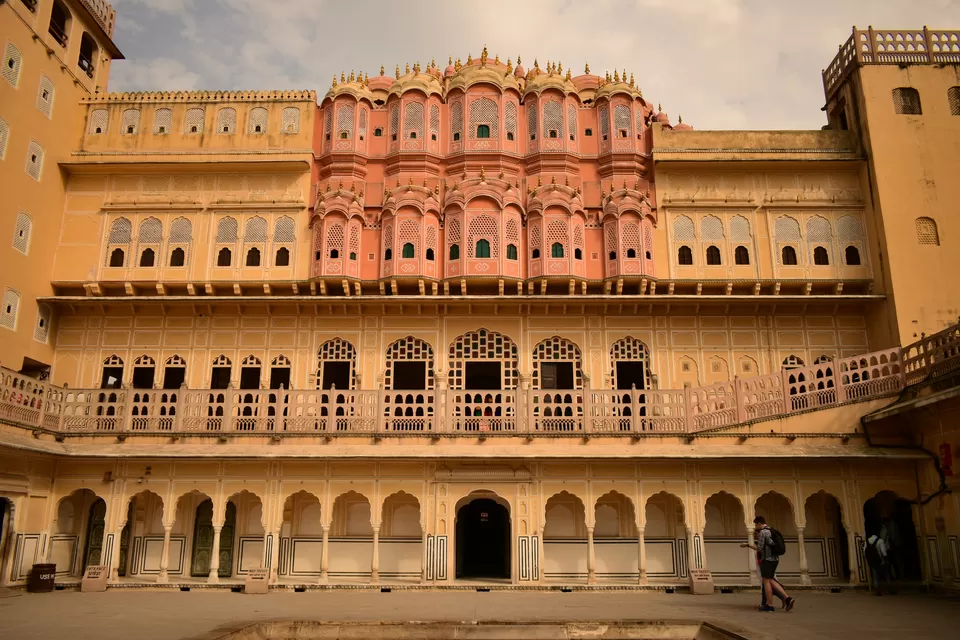
A Day at Amer
It was our second day in Jaipur and we decided to explore its hill forts. Our auto rickshaw left us at the gate of the Amer fort complex – the former seat of the Kachwahas – and from there we climbed the stairs to the Suraj Pol (Sun Gate).
A UNESCO World Heritage Site perched atop a hillock, Amer fort is a vision in sandstone, and is connected to the simpler and more strategic Jaigarh fort by a secret passageway. The stupendous beauty of the silver doors of its Sila Devi Temple, the frescoed Ganesh Pol, the latticework windows (jalis), the magic flower of the exquisitely embellished Sukh Niwas, and the glittering jewel box – the Sheesh Mahal, will remain etched in my memory forever. There were a few cafes and a number of souvenir shops along the cobbled paths of sub-terrain tunnels and we bought few things before heading off to Nahargarh fort.
With multiple folklores attributed to its name, Nahargarh fort along with Amer and Jaigarh forts used to safeguard the kingdom of Amer. While almost all places in Jaipur offer panoramic views of the city and hills, the scenes from Nahargarh were incomparable. The journey to the start of the fort was exciting given the hairpin turns. And since it was not crowded like Amer fort, I managed to find some Instagram worthy corners and enjoy few moments of solitude, though of course I didn’t sit on the ramparts! As the sky burst into a riot of colours and I had had my fill of one of the most scenic sunsets ever, we decided to return to the city without further ado.
I only wish we could stay back for the Son et Lumière show and experience Amer by night!
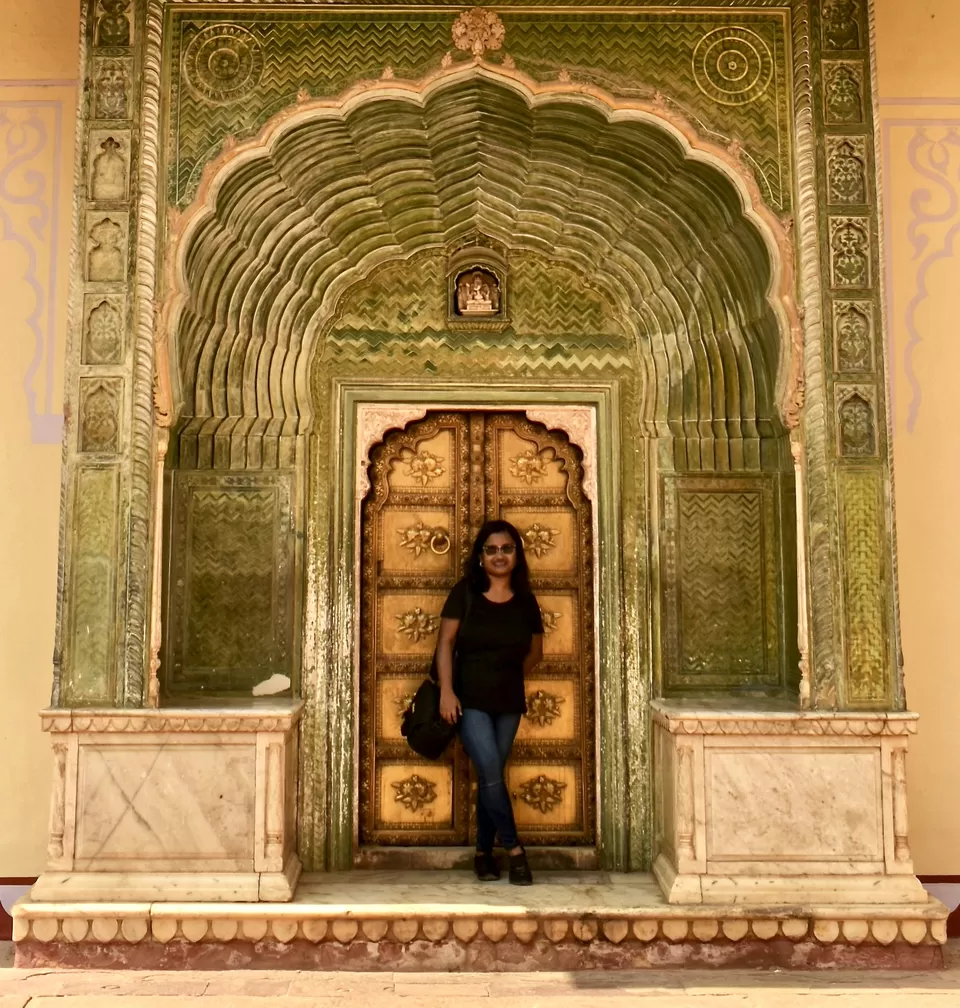
The Forgotten Gems
There were quite a few heritage places around Amer Fort like Kanak Vrindavan, Panna Meena Kund and Jal Mahal. While we could only get a glimpse of the Jal Mahal from outside since tourists aren’t allowed, we did visit the less frequented stepwell (also called baori).
Panna Meena Kund and the likes are mostly found in western India and were built at a time when there was no piped water. Made up of several symmetrical, interlinked and small flights of stairs with niches in between, they were not just a source of water but also served to strengthen social bonding, we were told.
Another place in Jaipur which hardly had any visitor was the palace garden Sisodia Rani Bagh. Built for the then queen who hailed from the Sisodia dynasty, this multi-tiered garden with painted pavilions, fountains and double storied palace was perhaps the quietest place in entire Jaipur. I could finally take photos without having to wait for my turn, and pose wherever I wished.
A visit to these areas, which were located on the outskirts of the city, gave us a better insight into its local character – the old dusty alleys, the traditional houses with beautiful doors and painted walls, and the people going about their daily work attired in bright clothes and colourful turbans.
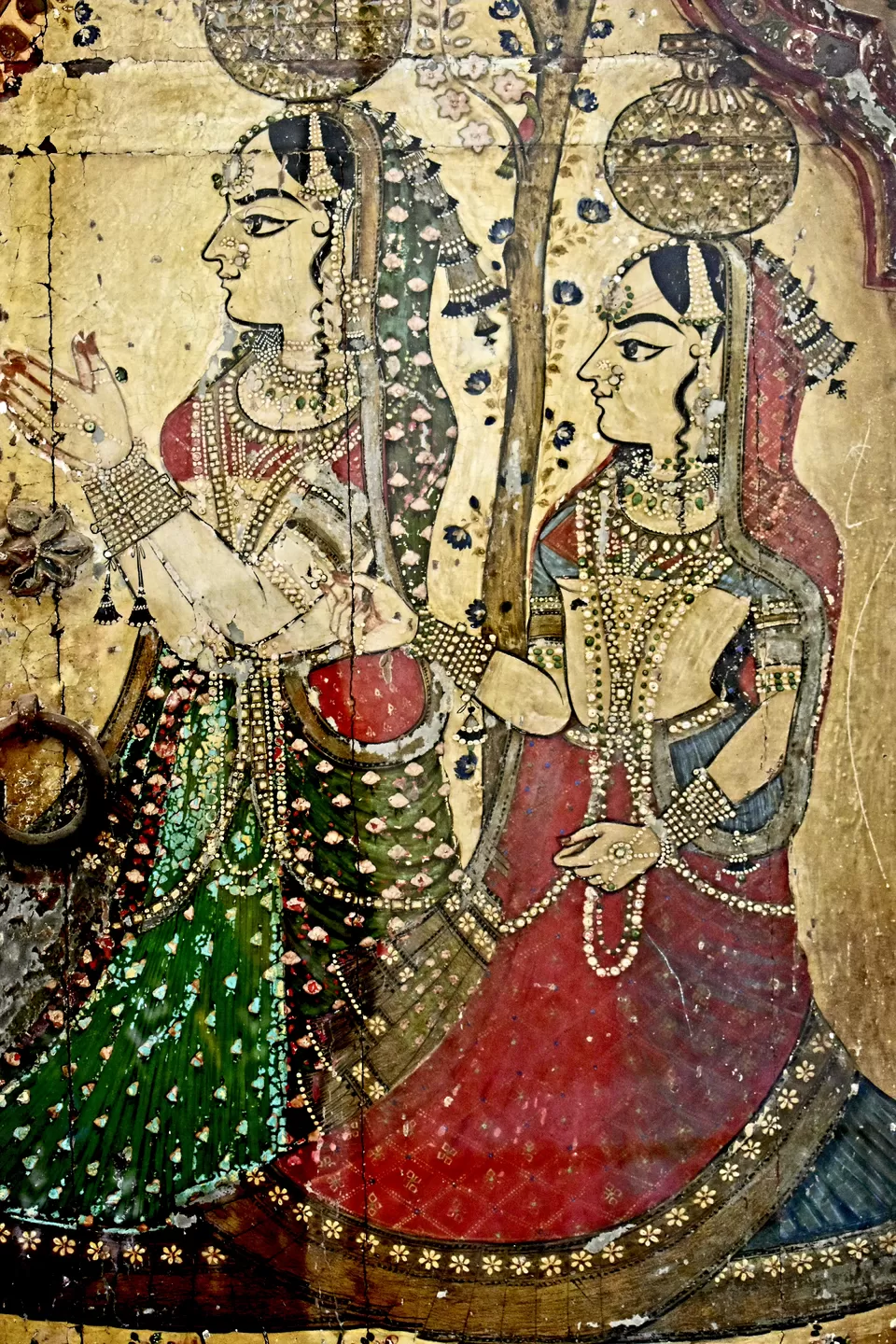
Some More Sightseeing
One trip isn’t enough to cover entire Jaipur though we tried to visit as many places as possible.
On our third day, we rode down to the Albert Hall Museum which is situated in the Ram Niwas garden. Right before its entrance, we were greeted by a hundred of pigeons happily pecking at their food. For the uninitiated, this museum, named after King Edward VII, can be easily mistaken for a palace. Built in the Indo-Saracenic style, it was divided into many sections, each better than the previous. While the biggest draws were the Egyptian mummies, I really liked the pottery, art, coin and manuscript sections, and the one with statues and artefacts retrieved during archaeological excavations.
While we had to drop Galtaji temple from our list due to time constraint, I made sure that we don’t miss the relatively new Jawahar Circle which is rightly described as the circle of colours. The pleasant weather, and the clean, undulating roads with views of the Birla Mandir and the fashionable World Trade Park seamlessly integrated into the fabric of the heritage city, made our journey memorable.
We entered the Circle through the meticulously painted Patrika Gate, which resonated with the stories of Rajasthan, its people and its culture. Among other things, this circular park also had the coveted fountain, an absolute visual spectral during the musical light show.
The last and final part of our Jaipur trip included a visit to the village resort called Chokhi Dhani. A nice endeavour to showcase the state’s rich heritage, it was a mix of traditional food, folk dances, music and entertainment. Though we decided to skip the animal rides and very few things weren’t quite to our taste, we enjoyed gorging on the authentic Rajasthani thali – I still can’t stop thinking about the dal baati churma – and visited the shops and revelled in the somewhat ceremonious ambience.
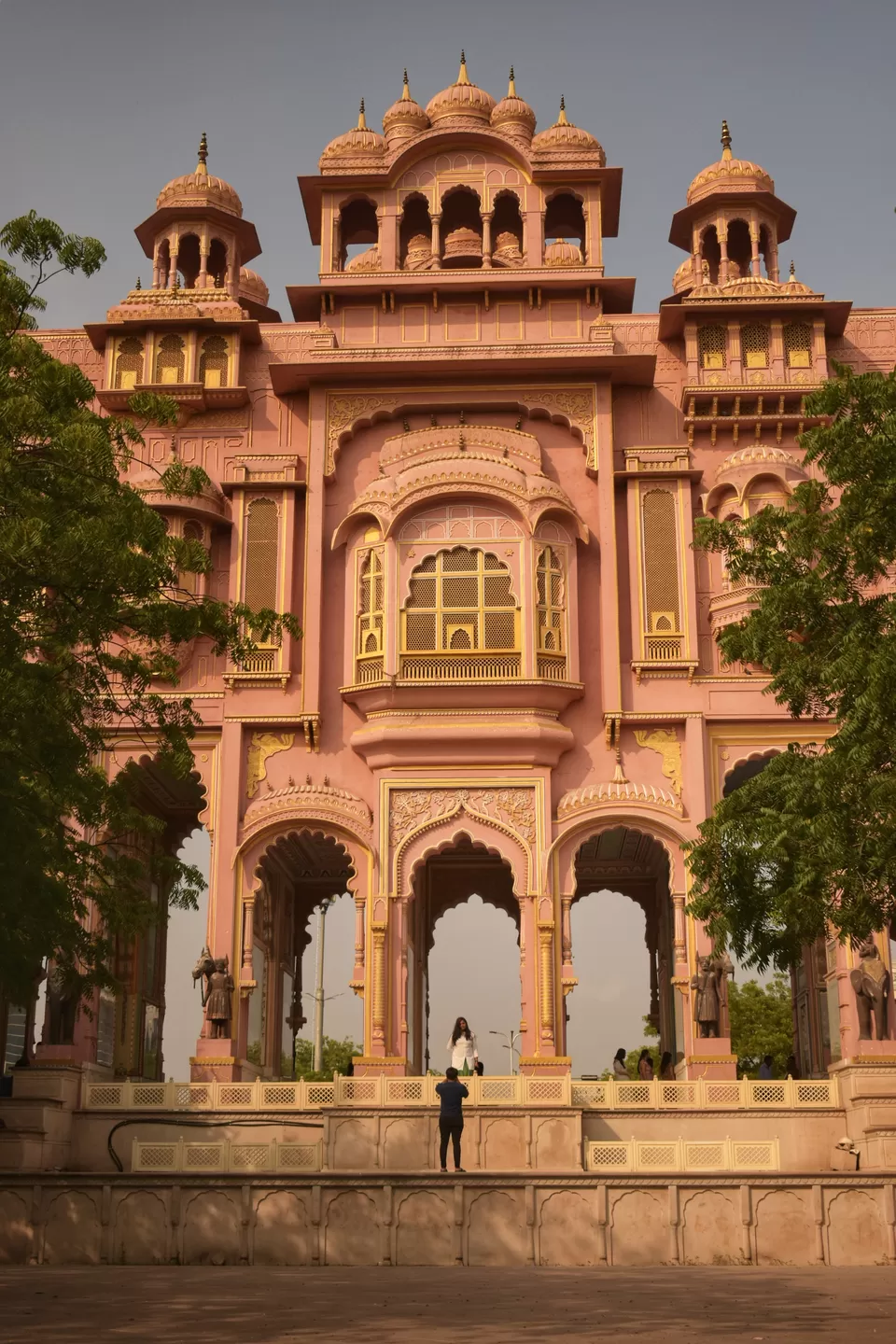
Shopped Till We Dropped! And Never Forgot to Bargain
Rajasthan’s markets were nothing short of a dream. An art connoisseur, a jewellery lover, or someone obsessed with bags, shoes and pottery – Rajasthan has, indubitably, got something for everyone tucked away in every corner. And even if someone isn’t much of a shopper, he or she can just walk past taking in the aroma emanating from the local spice shops, or marvel at the meenakari and kundan jewellery displayed on shop windows in Johari Bazar.
While Udaipur, in my opinion, was the better and cheaper place to buy miniature paintings – done on all possible surfaces from cloth to marble and depicting beautiful maidens, royal processions, animals and everything that one might imagine – perfume oils, candles, and wooden crafts, Jaipur had thousands of bandhani (tie & dye) sarees, embroidered skirts, jutis, umbrellas, and bangles of all colours dangling in each and every shop of the bustling bazars. It is also the best place for jewellery and pottery enthusiasts like me! And what’s more the owners even let us try those remarkable designs one after the other without getting annoyed! One of the most striking things about Jaipur is that even its markets had some really beautiful pink architecture, which turned even more gorgeous after the evening lights were lit.
Since these markets are as extensive as Kolkata’s Burabazar, it is better to set aside quite a few hours for exploring them or one would be running from one shop to another like us! Among other places, we went to the Hathi Pol Bazar, Chetak Circle, Bapu Bazar, Johari Bazar, Chandpole Bazar, and sweet shops, scouting for paisley furnishings, wooden musical figures, candle holders, and delectable ghevar and dilkushal. We also visited one art emporium with great but highly priced items, and centres that offered live demonstration of the processes of block printing, weaving etcetera.
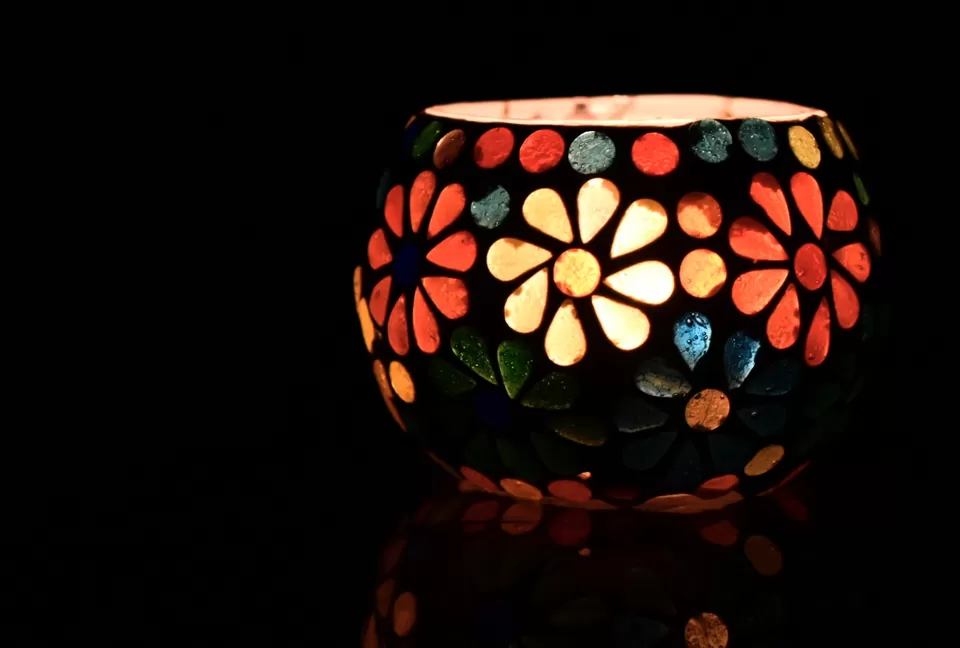
Some say that you haven’t seen India if you haven’t seen Rajasthan. I don’t think I could agree more. Rajasthan takes you back to a world full of untasted delights. And you can never have enough of it!
********************************************************
Tips –
Don’t hire hotel/tourism cabs for Udaipur and Jaipur city tours. Buses and autos are available
Wear walking shoes, sunglass and comfortable clothes. Carry umbrellas and water bottles
Don’t forget your cameras
Photography is prohibited inside Dilwara temples
Don’t hire jeeps or elephants at Amber Fort
You may opt for audio guide or Government approved guides at the tourist places
Composite ticket, available in Jaipur, covers Albert Hall, Hawa Mahal, Jantar Mantar, Nahargarh Fort, Amber Fort, Sisodia Garden etc.
Look up the arti timings before visiting Govindji Temple
Carry ID cards for entry fee discounts
You may skip the overpriced Wax Museum at Nahargarh Fort
Chokhi Dhani can be visited only in the evening
You may skip the overpriced boat ride to Jagmandir Palace in Udaipur
Accommodation –
RTDC Hotels as well as boutique hotels are available














